Why you shouldn’t start with Lean software…yet
When workers believe management care, they work harder. – The Mind of a Fox
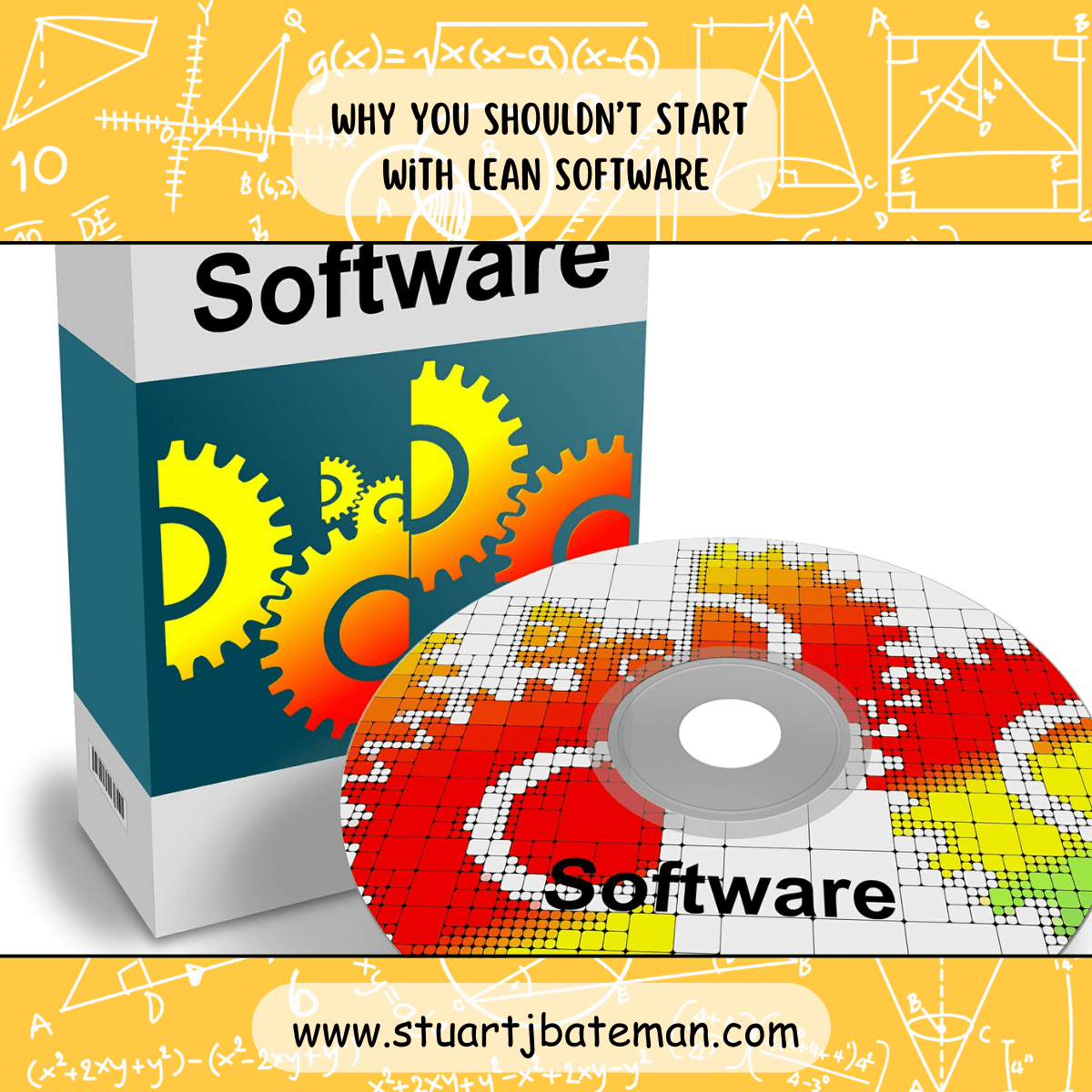
Why am I saying not to start with Lean software?
After my last blog about learning to code, here I am again this month and I am going to back track a little to cover Lean implementation and why Lean software isn’t required (to start off with). Of course I have used several pieces of Lean software over the last 13 years that I’ve been practising Lean in both Stannah & AI, but for the most part that came later in the CI stages, at the start you need to just understand what the difference is between value and waste to cover 80% of the improvements you will make initially.
That other 20% is where analysis and software comes in with six sigma. While books like “The machine that changed the world” – Womack & Jones, “The goal” – Goldratt and even “Factory physics” (it’s an epic read trust me) covers the entirety (or most of) what lean is about, the core principle of waste elimination is what I believe anyone needs to understand to start making big steps towards better products / process & working environment (this improves operators via training them & performing CI off their recognition of waste).
A good example is Paul Akers and his 2 second lean movement, just make the change and experiment with it while timing the affect of that change before and after on the process to see if your change had a positive effect. This is a simple root to get operators on board with quick wins “Change management” – Kotter.
Once we have several activities being supported per month, we can focus on analysis to see the problems that aren’t obvious to conduct kaizen group activities on, manual processes like tick sheets / time studies / activity studies / interviews / Material review boards (MRB’s) / run charts can be used to collect that data required while we learn and develop our skills in those methods which will help as we use software to integrate and deepen the information / results we get back (more later).
Before we get into analysis because after collecting that data we can create Histograms/ Scatter and Pareto charts but being honest we will be using excel at that point and it’s fair to say excel is the core of any lean implementation in the 21st century.
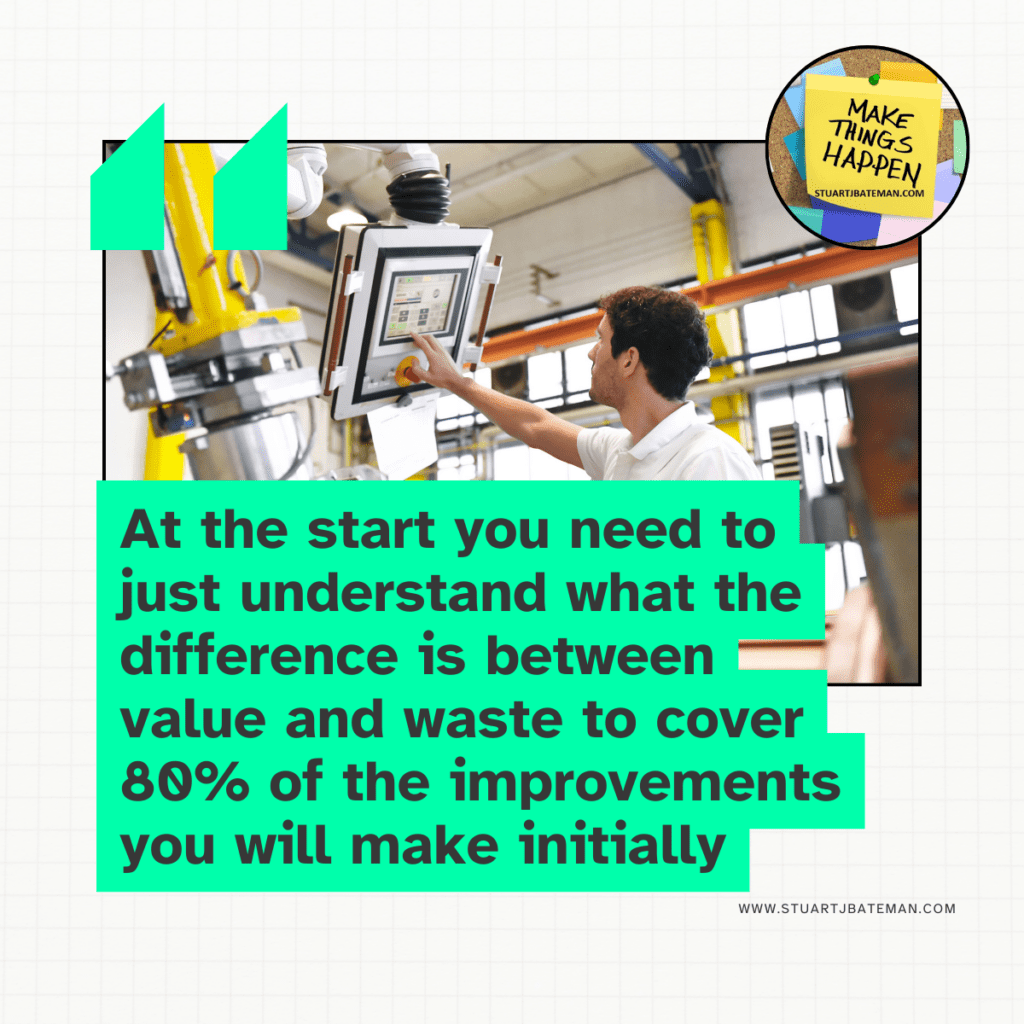
What other manual processes can we use and develop ourselves with?
- Value Stream Mapping (VSM) – doesn’t need anything apart from pen and paper (maybe a ruler as well)
- Flow methods
- Work instructions – A great (and short book) by Giles Johnston “Effective SOPs” gives so great tips which you can start with.
- Total Preventative Maintenance (TPM) – “TPM the western way” by Peter Wilmott gives many practical manual examples how to implement this tool.
- 5S – “The Lean Toolbox” by John Bicheno, an immensely helpful book that I started with, not only does it cover all the tools here but it also lists follow up books for you to continue with.
- Visual Management – “The Visual Factory” by Michel Grief, cases studies / examples and more.
- SMED – “A Revolution in Manufacturing: The SMED system” by Shigeo Shingo, illustration of hand drawn solutions with many ideas to help you.
- 7QC – “The Lean Toolbox” by John Bicheno
- TOC – “The Goal” by Eliyahu M. Goldratt, a simple story format with great explanation of how the thought process of TOC comes about, with a walkthrough style.
- Pull
- Kanban – “The Lean Six Sigma Pocket Toolbox” by Michael L.George, short and to the point as it should be for a quick reference guide. However it’s worth noting that McGraw Hil have an excellent range of educational books on Lean and Six Sigma.
- CONWIP – “The Lean Toolbox” by John Bicheno
- Drum buffer rope – “The Lean Toolbox” by John Bicheno
- JIT – “The Lean Toolbox” by John Bicheno (Hopefully you get the hint now….)
- Perfect – Continuous improvement, as mentioned I believe this is where software really contributes the most, but even here the old CI meetings with suggestion boxes or toolbox meetings will generate generic improvements which are (most of) unfocussed against business objectives.
Just one tip before moving on, a lot of these books I bought second hand on eBay and sites like World of Books. It doesn’t have to cost the earth to educate yourself and you’re recycling at the same time.
Remember at the start I said 80% of lean can be done manually and using the pareto rule that would account for 20% of the savings / impact. That final 20% where we realise that greatest gains is why we need data and further translate it into using information (but getting that data doesn’t have to cost anything apart from the time you want to invest).
How about an example of useful data using no PC, well as my line manager would say “Use wisdom before money” and to be fair it’s been a good trend using this idea. You are a valuable and expensive resource to any business, so use your skills to create the improvements first before investing money (which always requires justification and sign off). One of my first projects at AI involved analysis of the distance required to make our products, after spending a week I developed a simple spaghetti diagram to show the main route (this was simple enough that it translated on all levels from operators to directors). After measuring the distances between work stations, I had calculated that 10 products travelled 67 miles over their process life in one area before being dispatched to our customers. It took me 6 months of re-organising / teaching and training before we as a team got this down to only 3 miles…never needed a PC, just tape measure / ears /pencil & paper. That was a quick win and today we use databases to collect and generate the information, but I can assure you the operators who use to travelled those 67 miles were very grateful, since then I’ve received positive input from them on many project (including many of their ideas).
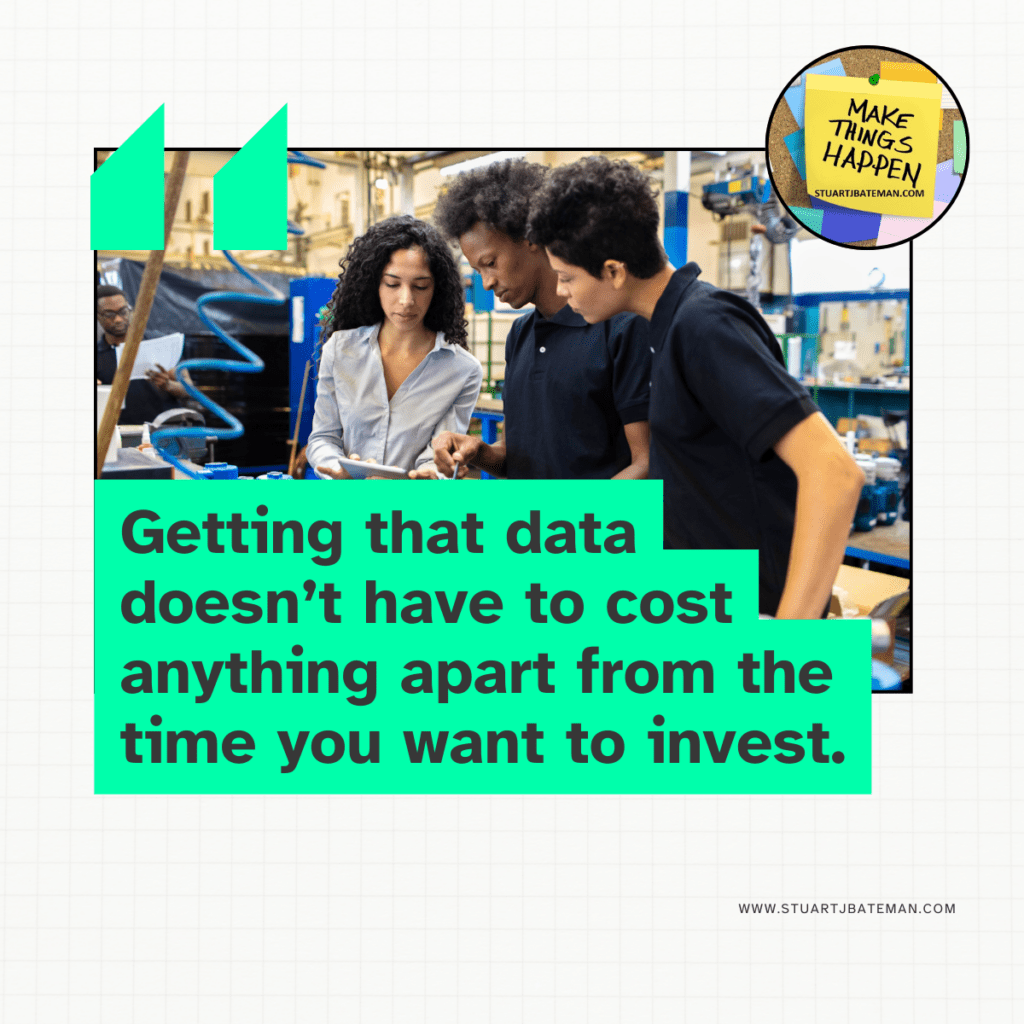
One last example using CI, one of the many things I enjoy about CI is when I get to sit back and listen to people pitch ideas to help solve their daily problems. I run a CI hour each week where we do a mixture of practical CI improvements or pitch ideas to solve reoccurring issues. This is an open floor where the operators suggest ideas that we as a group decide what is the priority. One such idea was about the transport trollies, as the old ones were designed for smaller weekly quantities and had to be stripped down to be rebandaged with hoses and pipe insulation to protect the products every few months. Here I welcomed this idea and further more I challenged them to design what would be an ideal trolley, after the final design (out of 3) was picked, I translated this into a 3D assembly so that we could construct them. Buy in from the management was straight forward after showing them what was currently in play and the costs for rework, so I got about to making a prototype which was successful (apart from the air inflated wheels which we changed to wheelie bin style), once I had the frames welded the operators proceeded to assemble/paint and glue the foam inserts into place, since then they have become a talking point to customers and visitors of how the operators work to improve their environment.
Conclusion
Starting off on the Lean journey I would recommend to anyone to go the manual route (worked for 50 years before the 80’s), as it helps to bed in those tools rather than “what formula do I need to lookup from this table?”. Even with data we can collect using tick sheets/ time studies/ activity studies / interviews /SPC and control charts on graph paper (remember graph paper?), our conclusions are the same as what software will produce only the PC will make the process quicker more adaptable and allows one to be more productive in the working week.
But for me, we can’t move to generic Lean software (off the shelf), the next logically step is to start with packages like MS office and use that tool kit we’ve developed to get more out of creating your own programs tailored to how you carry out methods and how your company works.
Give it a try, it’s a low risk with a big pay back.

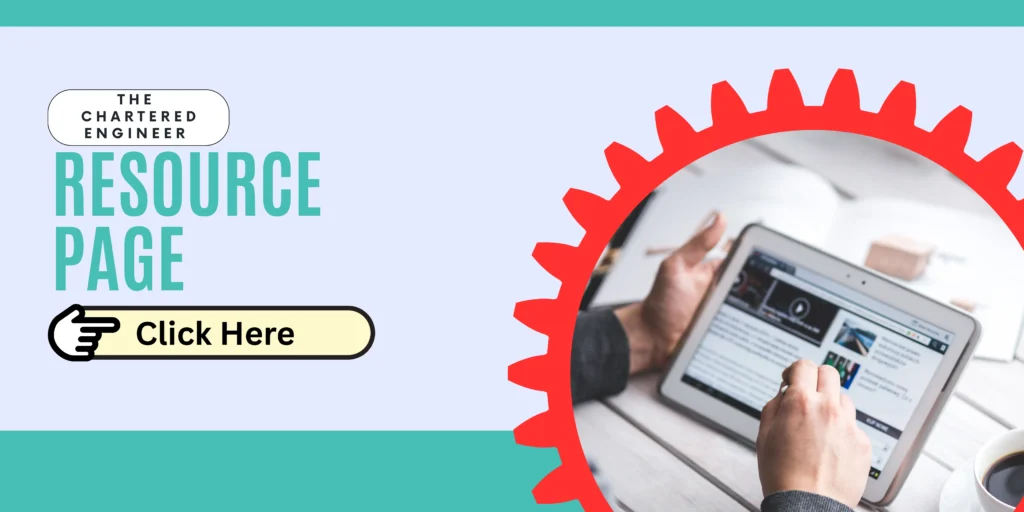
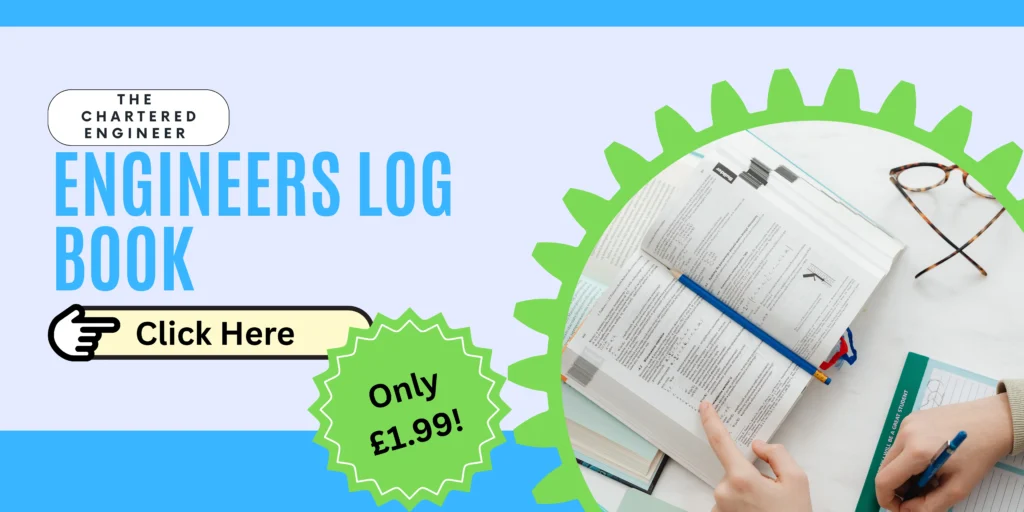
What are your thoughts? Have I covered everything or is there more you know and would like to share?
I’m always learning and improving this site and my blogs, so please feel free to get in touch with me via LinkedIn or this site to discuss any topics I have covered.
If you’re having trouble finding ways to progress check out these sites filled with free learning tools:


Discover more from The Chartered Engineer
Subscribe to get the latest posts sent to your email.